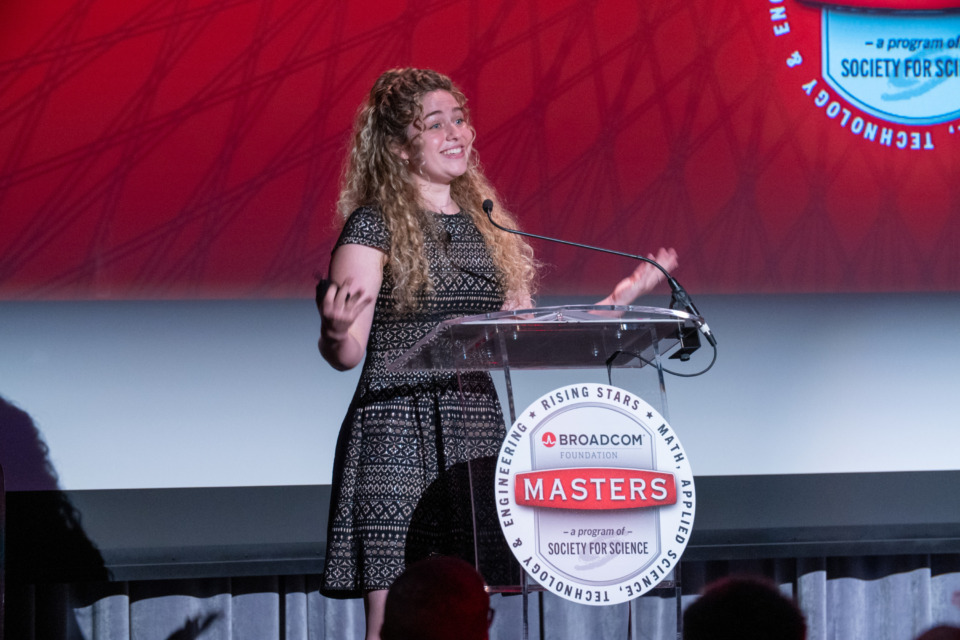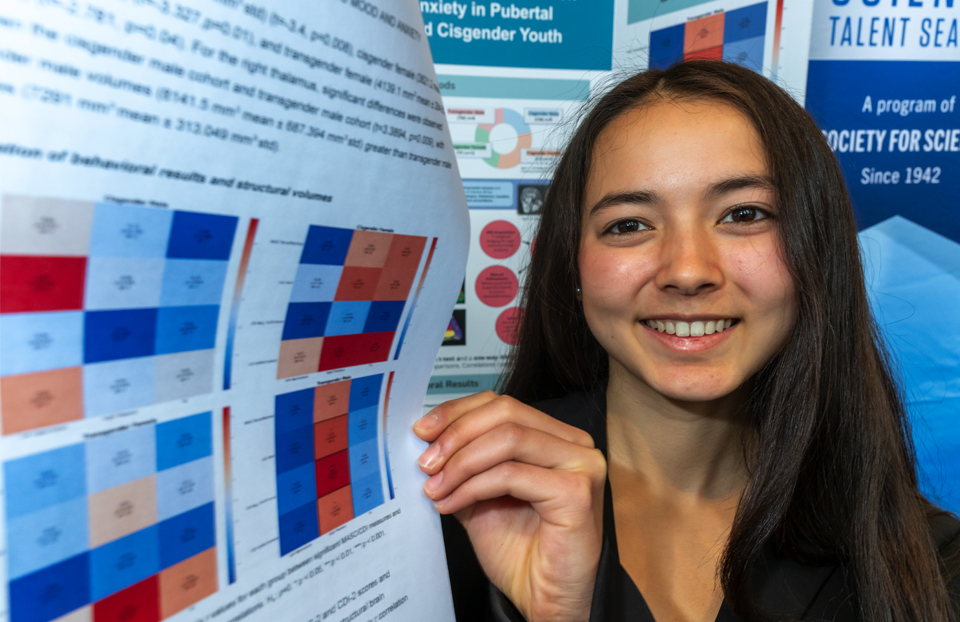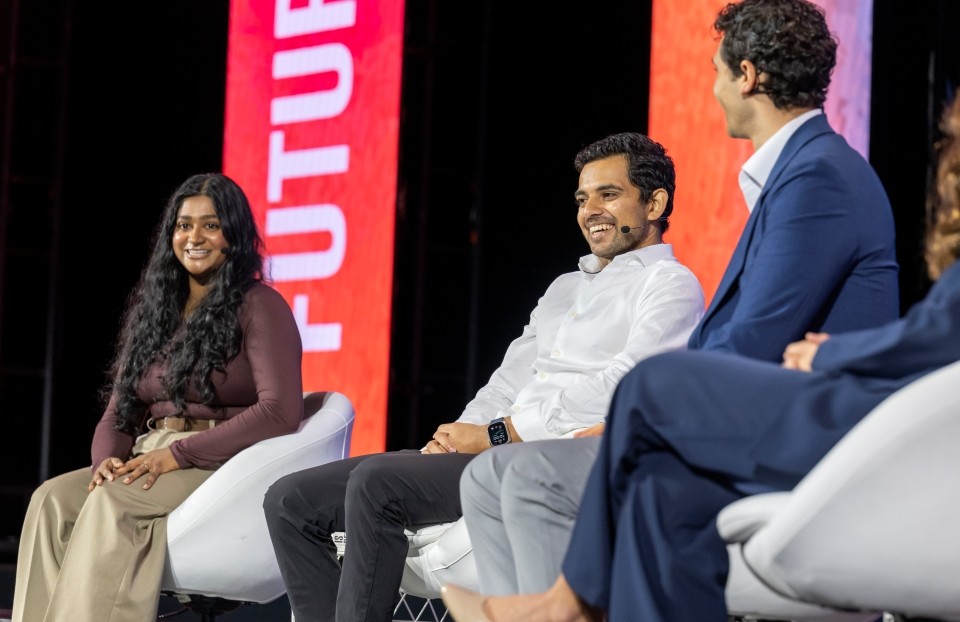ProjectCSGIRLS: Helping girls find their place in computer science
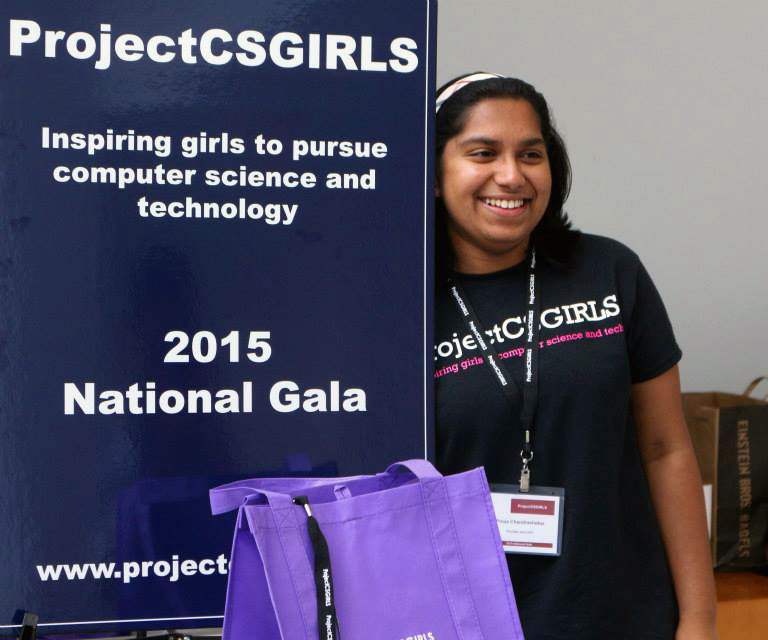
Anyone can look around and spot a problem. It takes courage and gumption to use that realization to spark a change. Intel STS 2015 semifinalist Pooja Chandrashekar did just that. While still in high school, she launched ProjectCSGIRLS, a national nonprofit organization that aims to teach and inspire middle school girls to go into tech fields.
Pooja shared her journey with us:
How did you get involved with science and research?
I’ve grown up in an environment that has always emphasized the importance of STEM and independent discovery. I grew up tinkering with build-it-yourself kits and watching science documentaries so it was only natural for me to jump into research at the first chance I could.
In middle school, I became interested in renewable energy research and worked on projects ranging from building fuel cells to optimizing the performance of Stirling engines. In high school, the focus of my work changed to biomedical technologies. I loved how through the research process, I could combine my interests in biology (specifically neuroscience) and computer science to work on actively developing computational tools to diagnose and detect the medical disorders that impacted those around me.
How did you hear about Intel STS? What prompted you to apply?
I heard about Intel STS after it was advertised in my high school and decided to apply since it seemed like the perfect platform to showcase the research I’d been working on for over a year on mild traumatic brain injury (mTBI) diagnosis at the MITRE Corporation.
The process of submitting to Intel STS was such a great learning experience, not just for the process of conducting the research but also for the process of writing and refining the technical report. Being selected as an Intel STS Semifinalist was such an amazing recognition and I highly recommend that all high school seniors who’ve done research apply! You’ll learn so much and really grow as a scientist, writer, and thinker.
Tell us about ProjectCSGIRLS. Why did you start the organization?
I started ProjectCSGIRLS my sophomore year of high school mainly as a result of my own experiences facing the tech gender gap. I remember looking around my AP Computer Science class on my very first day of high school and being shocked to realize that I was one of only three girls in the class.
I wanted to give younger girls a platform and community where they could use technology to change the world.
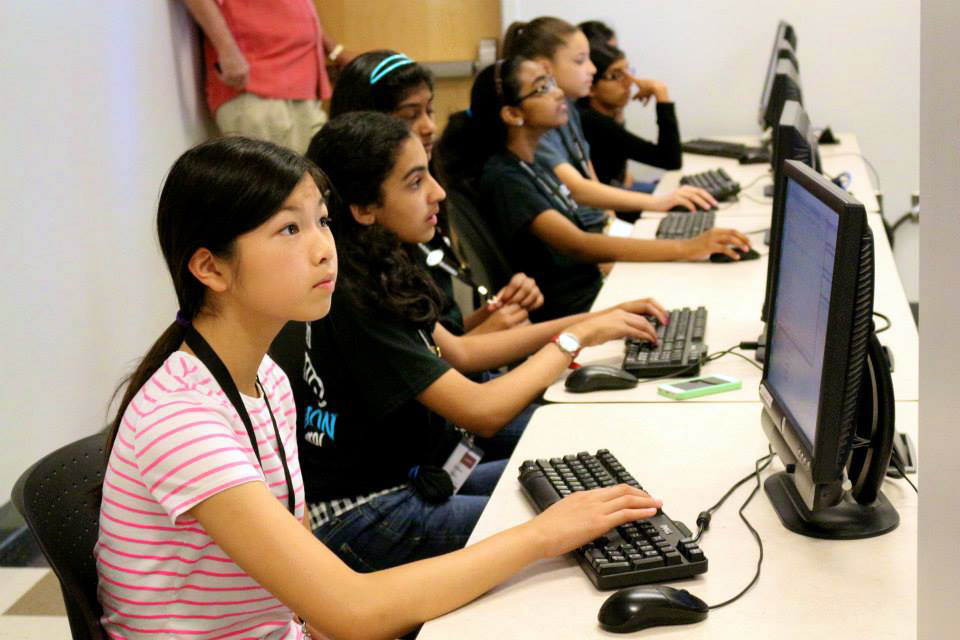
I noticed that girls have a tendency to gravitate towards ways they can help others, so at ProjectCSGIRLS we challenge middle school girls to use technology and computer science to address a social problem. We run a national computer science competition for middle school girls (registration for our 2016 competition will open in September!) and host workshops around the country. We’re completely youth-driven by high school and college students from around the country. This past year we reached over 800 girls nationally.
We’ve partnered with other women-in-tech organizations like Girl Develop It, NCWIT, and Code.org and have secured corporate sponsorship and support. We also launched a mentorship program last year in which we paired girls participating in our competition with technical professionals and college students majoring in engineering to help develop their ideas and bring them to the next level.
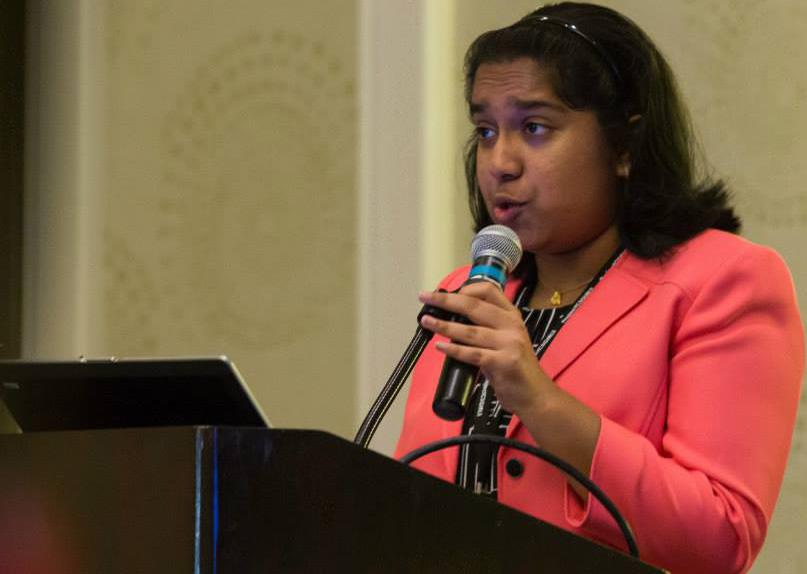
Our 2015 National Gala was also a big success and we received a lot of positive feedback for the event. Hosted in DC, the event featured guest speakers, hands-on workshops, panels, and a formal awards ceremony to honor the winners and provided us with a forum to discuss the importance of women in technology. Maya Ajmera, the President and CEO of the Society, was one of our keynote speakers for the event and the Society was our biggest sponsor this year so thank you so much for all your support!
What are your short and long term goals for ProjectCSGIRLS?
I plan to continue running ProjectCSGIRLS throughout my years in college. My goal for the 2015-2016 season of ProjectCSGIRLS is to reach at least 1,000 girls nationally through our competition and workshops.
We’re also launching an exciting new campus mentorship program this year, through which college campuses across the country will host day-long mentorship sessions for middle school girls in their area participating in the ProjectCSGIRLS competition.
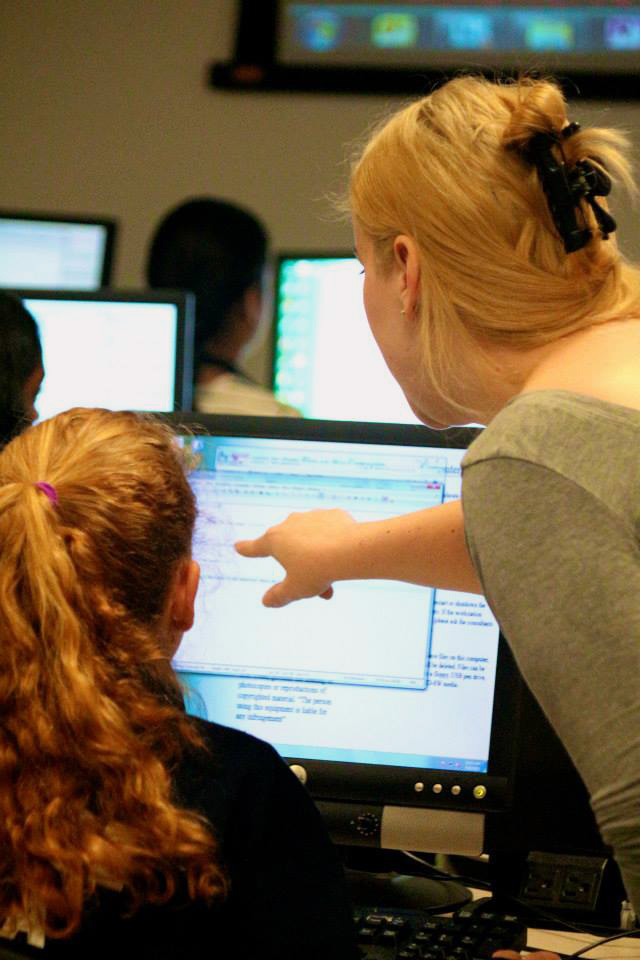
For the long term, my vision is for ProjectCSGIRLS to become a national leader in providing a platform for encouraging girls in technology. I want girls to be able to turn to ProjectCSGIRLS for a technical community of like-minded, inspiring, and innovative peers. I hope to possibly scale ProjectCSGIRLS to a global level in the future as well.
How do you keep yourself and those around you encouraged about the future of STEM for women and girls?
While we certainly still have a long way to go in increasing the number of women in STEM and diminishing some of the negative gender-biased stereotypes associated with fields like computer science, we are definitely making progress.
For example, several tech companies are now releasing diversity statistics to increase transparency and recognize the changes that need to be made to foster an inclusive workplace environment. The need for women in STEM is becoming far more apparent to corporations, nonprofits, and individuals and that itself is evidence of how bright the future of STEM is for women and girls.
Who is your science role model? Why?
My mom was definitely, and continues to be, my first science role model.
Apart from her, Dr. James Ellenbogen, Chief Scientist of the MITRE Corporation Nanoystems and Emerging Technologies Group, has been an incredible mentor for me during the past few years I’ve worked at MITRE. His encouragement and guidance has been essential in helping me develop as a scientist and researcher and I can’t thank him enough for teaching me so much about research, technical writing, and presenting.
In addition, one of my biggest science role models is Elizabeth Holmes, the founder of Theranos, because the work she is doing at the nexus of healthcare and technology is exactly what I hope to be doing ten years from now. Her work has the potential to disrupt the healthcare industry and completely transform what we consider a blood test. She’s really making the kind of difference I want to make in the future.
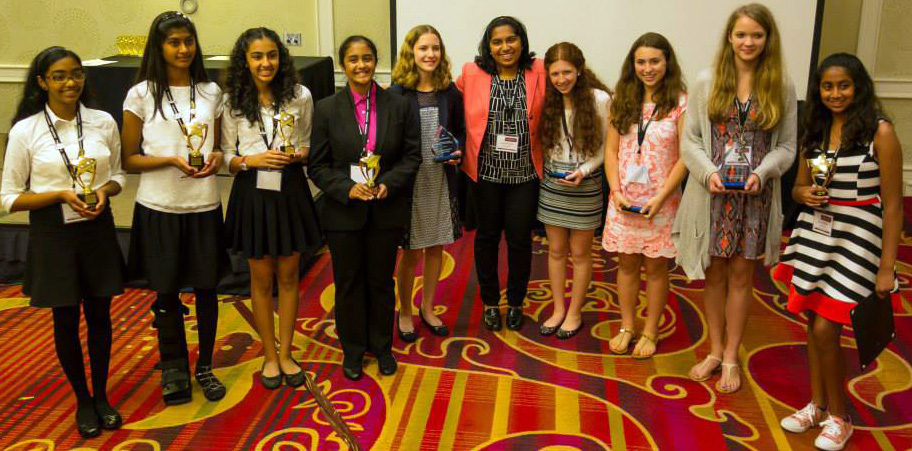
Can you share some words of wisdom for girls who want to get more involved?
I know it can be intimidating at first when you have a big idea and vision for something, but try and break it down into smaller pieces. Start small, but think big.
When I first started ProjectCSGIRLS, our inaugural competition was only open to girls in Virginia, Maryland, and DC, and it was only after we had a lot of success with the program on the regional scale that I decided to scale up to a national level.
My second piece of advice is not be afraid to diverge from your plan because you will undoubtedly encounter times when you need to change your initial plan. And lastly, reach out to people. You will be surprised at how accessible and interested people will be in what you want to do so if you’re looking to get more involved in something, don’t hesitate to contact people who can guide you or open up new opportunities for you.
Read more about the Society’s recent $2,500 donation to ProjectCSGIRLS.
